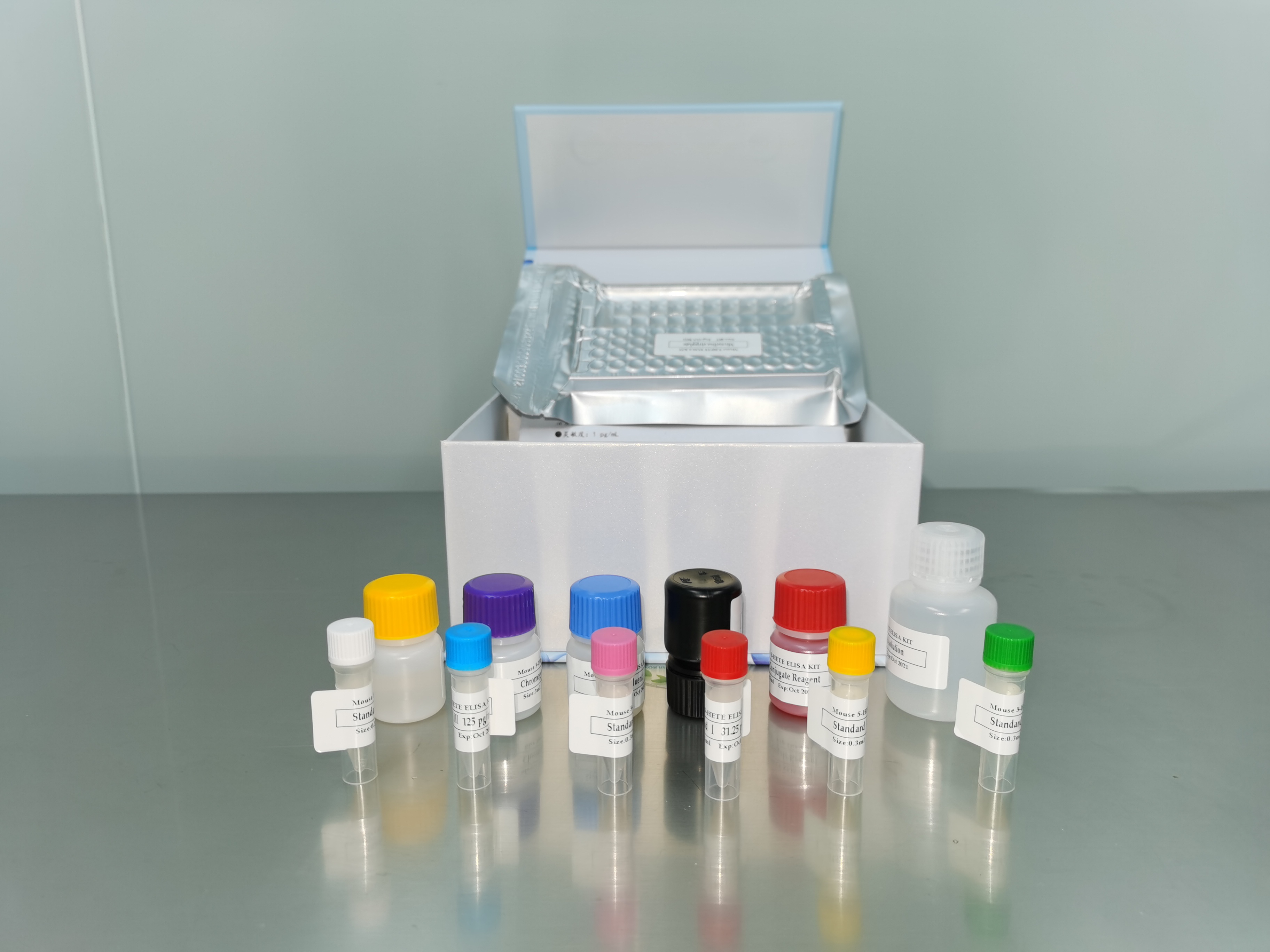| 产品名称: |
Perkinsus marinus (Mackin et al.) Levine |
| 商品货号: |
TS140018 |
| Deposited As: |
Perkinsus marinus |
| Strain Designations: |
PRA240 MOEMOE:GFP |
| Biosafety Level: |
2
Biosafety classification is based on U.S. Public Health Service Guidelines, it is the responsibility of the customer to ensure that their facilities comply with biosafety regulations for their own country. |
| Isolation: |
Adapted from strain CB5D4, ATCC® PRA-240™, by transfection; originally isolated from Atlantic oysterxa0Crassostrea virginica, Chesapeake Bay, MD, USA |
| Product Format: |
frozen |
| Storage Conditions: |
Frozen Cultures:
-70°C for 1 week; liquid N2 vapor for long term storage
Freeze-dried Cultures:
2-8°C
Live Cultures:
See Protocols section for handling information |
| Comments: |
Expresses GFP |
| Medium: |
ATCC® Medium 2860: Modified DMEM/F12 Medium
|
| Growth Conditions: |
Temperature: 20°C to 25°C
Atmosphere: Aerobic
Culture System: Axenic |
| Cryopreservation: |
Reagents
Cryoprotective Solution
DMSO, 2.0 mL
Fresh complete growth medium, 8.0 mL
xa0
Harvest and Preservation
- To achieve the best results, set up cultures with several different inocula (i.e., 0.25 mL, 0.5 mL, 1.0 mL).xa0 Harvest cultures and pool when the culture that received the lowest inoculum is at or near peak density.
- If the cell concentration exceeds the required level do not centrifuge, but adjust the concentration to between 2 x 106 and 2 x 107cells/mL with fresh growth medium.xa0 If the concentration is too low, centrifuge at 600 x g for 5 min and resuspend the pellet in the volume of fresh medium required to yield the desired concentration.
- While cells are centrifuging prepare a 20% (v/v) solution of sterile DMSO as follows:xa0 Add the required volume of DMSO to a glass screw-capped test tube and place it in an ice bath.xa0 Allow the DMSO to solidify.xa0 Add the required volume of refrigerated medium.xa0 Dissolve the DMSO by inverting the tube several times.xa0
Note: If the DMSO solution is not prepared on ice, an exothermic reaction will occur that may precipitate certain components of the medium.
- Mix the cell preparation and the DMSO in equal portions. Thus, the final concentration will be between 106 and 107 cells/mL and 10.0% (v/v) DMSO. The time from the mixing of the cell preparation and DMSO stock solution to the start of the freezing process should be no less than 15 min and no longer than 30 min.
- Dispense in 0.5 mL aliquots into 1.0 - 2.0 mL sterile plastic screw-capped cryules (special plastic vials for cryopreservation).
- Place the vials in a controlled rate freezing unit.xa0 From room temperature cool at -1°C/min to -40°C.xa0 If the freezing unit can compensate for the heat of fusion, maintain rate at -1°C/min through the heat of fusion.xa0 At -40°C plunge into liquid nitrogen. Alternatively, place the vials in a Nalgene 1°C freezing apparatus.xa0 Place the apparatus at -80°C for 1.5 to 2 hours and then plunge ampules into liquid nitrogen.xa0 (The cooling rate in this apparatus is approximatelyxa0-1°C/min.) xa0
- The frozen preparations are stored in either the vapor or liquid phase of a nitrogen freezer.
- To establish a culture from the frozen state, place an ampule in a 35°C water bath (2-3 min). Immerse the vial just sufficiently to cover the frozen material. Do not agitate the vial.
- Immediately after thawing, aseptically remove the contents of the ampule and inoculate into 10 mL complete medium in a T-25 flask.xa0 Incubate with the cap tightly sealed at 20-25°C.
- Follow the protocol for maintenance of culture
|
| Name of Depositor: |
JA Fernandez-Robledo |
| Chain of Custody: |
ATCC
|
| References: |
Fernandez-Robledo JA, et al. Transfection of the protozoan parasite Perkinsus marinus. Mol. Biochem. Parasitol. 157: 44-53, 2008. PubMed: 17996961
|


